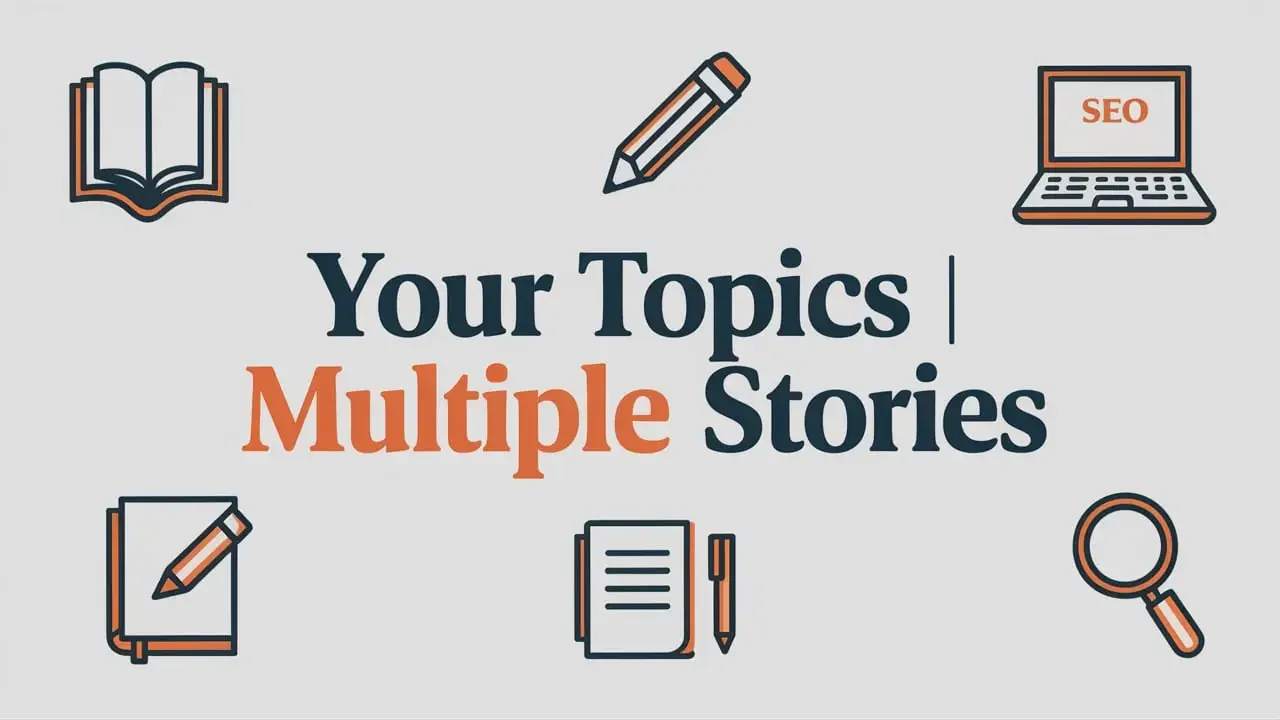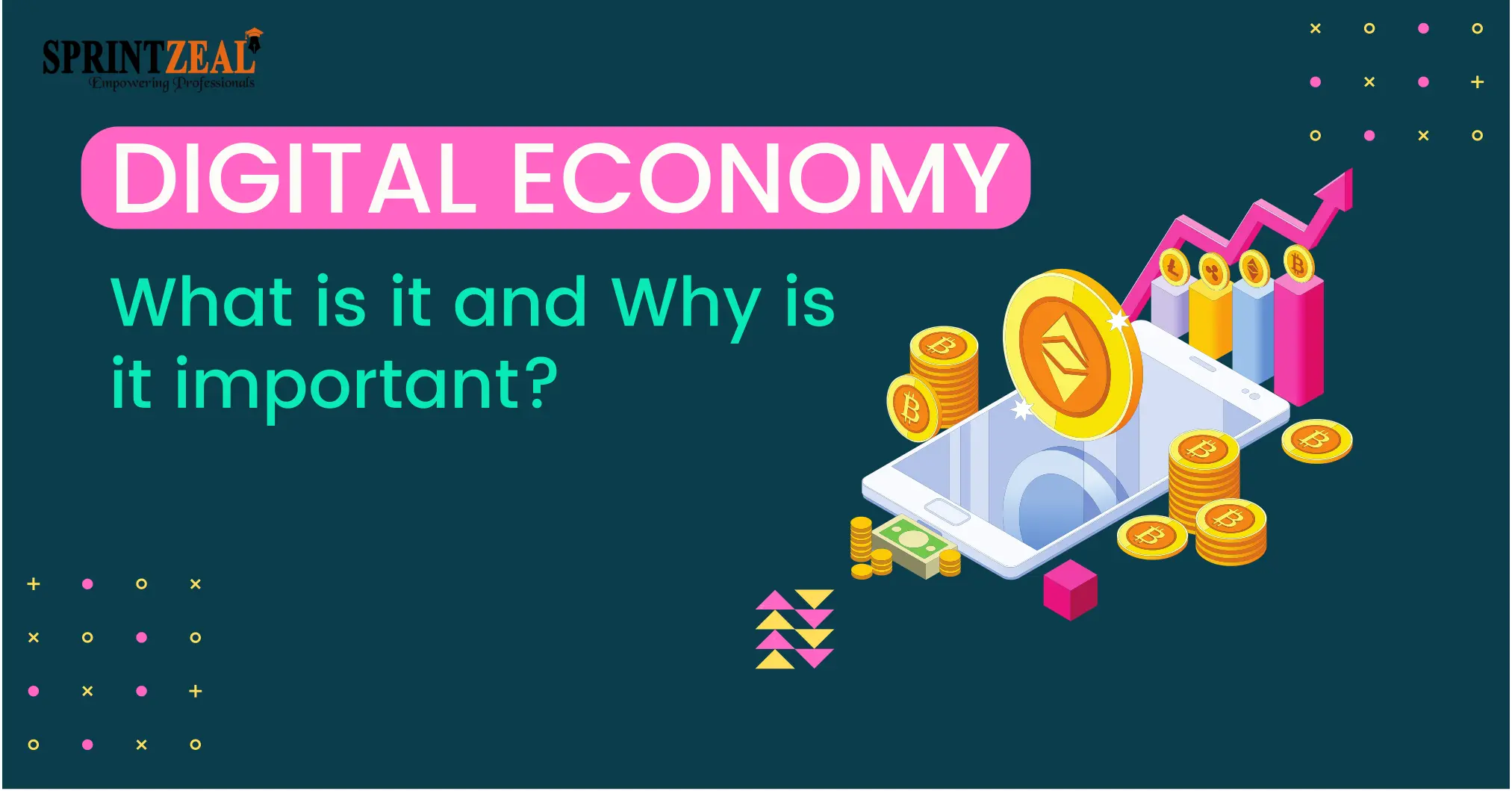In today’s ever-evolving digital landscape, storytelling has become a powerful tool for engaging audiences across platforms. Whether in articles, blogs, or multimedia formats, multiple stories have the ability to capture attention, evoke emotions, and provoke thought. But what exactly makes a multiple story format so powerful? In this article, we will explore different ways of structuring and leveraging multiple stories to boost engagement, increase SEO rankings, and deliver valuable content.
What Are Multiple Stories?
At its core, a multiple story refers to presenting various narratives, ideas, or perspectives within one overarching theme or format. This can include personal stories, factual accounts, case studies, and even fictional accounts—all woven into a cohesive structure that resonates with the audience. It is about creating layers of content that, when combined, enrich the message being delivered.
Key Features of Multiple Stories
- Diversity of Perspectives: Each story in the format offers a unique angle or viewpoint.
- Variety of Formats: Multiple stories can be told through text, images, videos, and audio, depending on the platform.
- Common Thread: Despite their differences, the stories are often united by a common theme, making the content holistic and relevant.
- Engagement: Readers are given multiple entry points to engage with the content, ensuring that there is something for everyone.
Why Use Multiple Stories?
There are several reasons why multiple stories are effective in today’s digital world:
- Increased Engagement: Multiple narratives keep the audience intrigued and invested.
- Enhanced SEO Performance: The use of varied keywords and topics can boost search engine rankings by targeting different segments of your audience.
- Appeal to Different Audiences: A single story may appeal to a specific group, but multiple stories cater to a wider range of interests.
- Flexibility: You can mix and match different formats, media types, and storytelling techniques to ensure your content stands out.
How to Structure Multiple Stories for Maximum Impact
The key to success when creating multiple stories is effective organization. Here are some tips for structuring your content:
1. Identify a Central Theme
To ensure your multiple stories form a coherent piece, choose a central theme. This will act as the thread that ties everything together. For example, if you are writing about “Innovations in Technology,” each story could explore a different technological breakthrough, such as AI, 5G, and blockchain.
2. Segment Your Stories
Each story within your piece should be distinct yet related. You might consider segmenting them by:
- Subtopics: For example, you could have sections focusing on “Tech Innovations,” “Future of Work,” and “Technology in Healthcare.”
- Audience Segmentation: Tailor stories to different demographic groups, such as “Tech for Beginners” or “Advanced Innovations for Professionals.”
3. Vary the Format
Incorporating multiple media formats makes your story more engaging. A combination of text, images, infographics, and videos can hold the reader’s interest and provide a richer experience.
4. Optimize for SEO
For SEO purposes, each segment should include LSI (Latent Semantic Indexing) keywords. This increases the likelihood of ranking for multiple search queries. For example, keywords like “AI advancements,” “5G technology benefits,” and “Blockchain’s impact on business” could all be integrated into different parts of the story.
5. Conclude with a Strong Message
After exploring all the stories, it’s important to bring everything back to the central theme. Conclude with a call-to-action (CTA) that encourages the reader to take the next step, whether it’s exploring more content, subscribing, or making a purchase.
Examples of Multiple Stories in Action
Case Study 1: “Tech for Everyone”
Main Story: The central theme focuses on how technology has improved everyday life.
- Story 1: The Rise of Smartphones – From the first mobile phones to today’s smartphones, this story explores the evolution of mobile technology and how it has revolutionized communication.
- Story 2: Smart Homes and IoT – This segment discusses how smart homes have become more accessible, touching on IoT technology and its role in creating a more connected lifestyle.
- Story 3: The Role of Wearables in Health – How fitness trackers, smartwatches, and health apps have changed personal health management.
- Story 4: Tech in Education – Exploring how technology is making education more accessible to diverse demographics, from online learning platforms to digital classrooms.
Each story in this example serves as an individual narrative, but together they paint a comprehensive picture of how technology impacts our daily lives.
Detailed Table: Specs and Features of Multiple Stories
To further illustrate how multiple stories can be structured and optimized, here’s a table breaking down some of the key specs and features that should be incorporated when developing your content.
| Feature | Details | Importance |
|---|---|---|
| Theme | Central message or overarching topic that connects all stories. | Ensures coherence and keeps the audience engaged. |
| Story Segmentation | Dividing content into smaller, digestible narratives or subtopics. | Makes the content easy to navigate and understand. |
| Format Variety | Mixing text, visuals, audio, and video to tell the story. | Keeps the audience engaged and enhances understanding. |
| SEO Optimization | Using LSI keywords, metadata, and internal linking to boost search engine visibility. | Improves ranking on search engines, driving traffic. |
| Engagement Tools | Incorporating CTAs, links to related content, and interactive elements. | Boosts user interaction and encourages further exploration. |
| Personalization | Tailoring content to different audience segments. | Increases relevance and engagement for diverse groups. |
| Multimedia Elements | Including videos, infographics, and interactive features. | Enhances the user experience and makes the content memorable. |
| Length | Varies based on platform, but typically 2,000-3,000 words for comprehensive coverage. | Provides enough depth to cover the topic thoroughly. |
Advantages of Using Multiple Stories for SEO
- Keyword Diversity: By covering different aspects of a topic, you target a broader range of keywords.
- Better User Experience: Offering varied stories keeps visitors on your page longer, reducing bounce rates and increasing dwell time—both important for SEO.
- Increased Shares and Backlinks: Engaging and diverse content is more likely to be shared across social media platforms, leading to backlinks and boosting SEO authority.
- Improved On-Page SEO: With clear segmentation, headings, and subheadings, your content is more scannable and easier for search engines to index.
Conclusion
Multiple stories, when used correctly, offer a powerful way to present engaging, diverse, and SEO-optimized content. By structuring your stories around a central theme, segmenting them into relevant subtopics, and using varied formats, you can captivate your audience and improve your site’s search engine ranking. Remember to keep the content relevant, engaging, and informative to ensure maximum impact.
FAQ:
Q1: How do I decide what stories to include in a multiple-story format?
- A1: Choose stories that are aligned with your central theme but offer different perspectives, formats, and angles to cater to a wide audience.
Q2: Can I use multiple stories in a single blog post?
- A2: Yes, breaking your blog post into several related stories enhances user engagement and allows you to target more keywords, improving SEO.
Q3: How can I optimize multiple stories for SEO?
- A3: Use LSI keywords, incorporate multimedia content, and ensure proper internal linking and metadata optimization.




